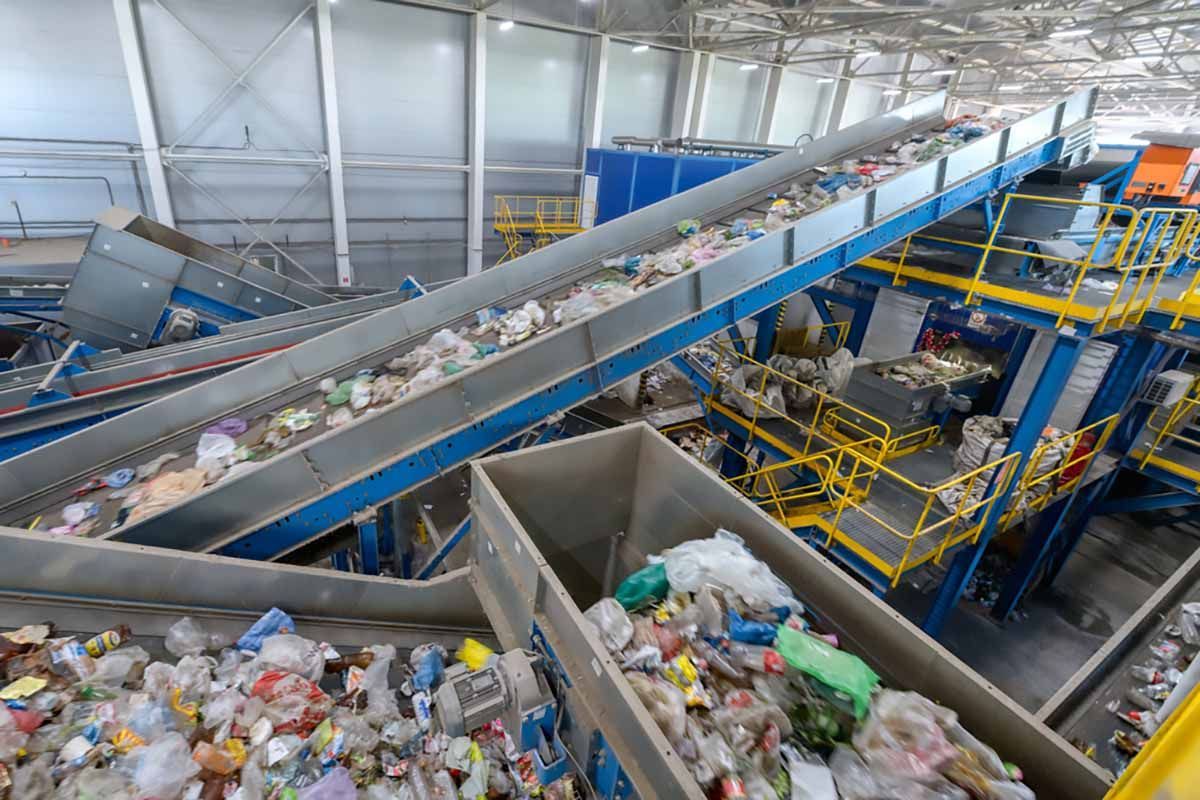Industry Experts to Rethink Resource Use at ESF Conference on Sustainability
Syracuse, N.Y. – Oct. 25, 2024 – Experts in sustainability and resource management will gather at the SUNY College of Environmental Science and Forestry (ESF) for the Rethinking Resource Use conference. Hosted by ESF’s Center for Sustainable Materials Management (CSMM), the event will run from Oct. 28-30 at ESF’s Gateway Center in collaboration with Syracuse University’s Institute for Sustainability Engagement and the Northeast Recycling Council (NERC).
Focused on the goal of achieving a circular economy, the conference will explore ways to reduce waste by keeping products, materials, and resources in use through cycles of reuse, recycling, and repurposing. Key topics will include industry research advancements, policy updates, and funding strategies to foster sustainable material management.
Conference Highlights:
The three-day event will begin with opening remarks from ESF President Joanie Mahoney and will feature insights from several ESF experts, including:
- Kathryn Walker, CSMM Executive Director
- Mark Lichtenstein, Executive Operating and Chief Sustainability Officer
- Sue Fassler, Director of Sustainability
- Delaney Demro, CSMM Program Manager
- Doug Daley, Associate Professor, Department of Environmental Resources Engineering
- Bandaru V. Ramarao, Professor and Chair, Department of Chemical Engineering
Keynote speaker Dr. Garry Cooper, founder of Rheaply, will discuss his company’s work in promoting the sharing economy. Rheaply’s technology, now utilized by ESF, connects those with excess resources to those in need, expanding the sharing economy within New York state.
The conference offers presentations, panel discussions, and workshops designed to spark collaboration and ignite fresh ideas, allowing participants to gain insights into cutting-edge research, emerging trends, and practical applications in sustainable materials management.
Access the full conference schedule here.
Industry and Government Perspectives:
“This conference is a unique opportunity to bring together industry leaders, foster new ideas, and drive innovation for a more sustainable future,” said CSMM Executive Director Kathryn Walker.
“We are excited to gather and share our collective story of dedicated efforts to reduce consumption, foster collaboration, and inspire effective solutions that benefit all,” said Melissa Young, director of the Institute for Sustainability Engagement at Syracuse University.
The Northeast Recycling Council (NERC) brings an invaluable resource to the conference, working to bridge public and private sector informational gaps, develop educational resources, and lead discussions on critical sustainable materials issues. “We are thrilled to partner with ESF and Syracuse University to bring together industry leaders from across the Northeast,” said Megan Schulz-Fontes, NERC executive director.
Press Attendance and Registration:
Members of the media are invited to cover this important event. To attend, please contact Kathryn Walker, kjwalker@esf.edu
About SUNY ESF:
The SUNY College of Environmental Science and Forestry (ESF) is dedicated to the study of the environment, developing renewable technologies, and building a sustainable and resilient future through design, policy, and management of the environment and natural resources. Members of the College community share a passion for protecting the health of the planet and a deep commitment to the rigorous application of science to improve the way humans interact with the world. The College offers academic programs ranging from the associate of applied science to the Doctor of Philosophy. ESF students live, study and do research on the main campus in Syracuse, N.Y., and on 25,000 acres of field stations in a variety of ecosystems across the state.
About the Center for Sustainable Materials Management (CSMM):
The CSMM was established at ESF in the spring of 2020 through a NYS Environmental Protection Fund (EPF) grant administered by the NYS Department of Environmental Conservation (DEC). The Center places ESF, DEC, and their partners in a leadership role regarding materials (waste) reduction, reuse, and recycling in New York and the US. The Center’s mission is to inspire, lead, and connect a diverse group of people and organizations that will collectively challenge the concept of “waste,” through redefining and reimagining how we procure, produce, consume, manage, and market materials.
Share Post





